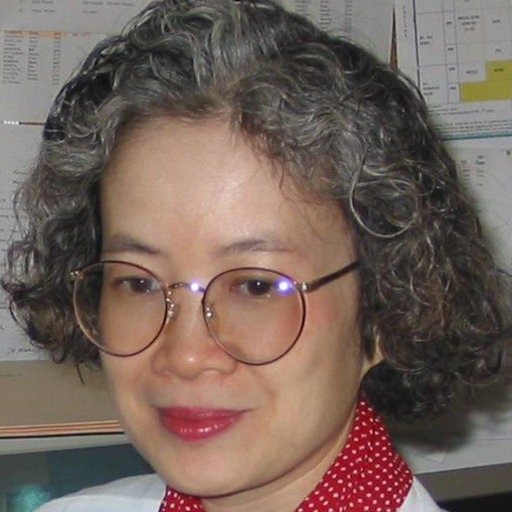Abstract Detail

Patricia Tai
University of Saskatchewan, Canada
Abstract
Introduction: Photodynamic therapy (PDT) promotes wound healing while its clinical use is not investigated in human for radiation[1]induced skin ulcers.
Methods and Materials: We documented the first Canadian in-human case and searched the PubMed literature using “PDT" AND "radiation" AND "ulcer" terms.
Results: PDT has been used on premalignant and malignant skin cancer for years. Our patient had a radiation-induced refractory post-mastectomy radiotherapy chest wall ulcer of 5-year duration, published in the Cureus journal in 2024. There are 6 laboratory reports (total 95 rats) in the literature with an overall efficacy of 90%. We documented ulcer healing at 3-month follow-up with gradual improvement to 14 months. The topically applied 5-aminolevulinic acid (5-ALA) was activated by red light of wavelength 630 nm after an incubation time of 5 hours. The median incubation time, as the body tissue takes up 5-ALA, was 4 (range: 2-18) hours after topical application in the literature. We used three 30-minute treatments at month 0, 1, 5 months, which can vary depending on treatment response. Currently large PDT Canadian centers for malignant cutaneous, esophageal and bronchial lesions are located in Calgary, Hamilton, Kingston, Toronto, Ottawa and Montreal. Comparing with hyperbaric oxygen therapy (HBOT) which is a known gold standard, PDT is non-invasive and safe with few complications, e.g., skin irritation/swelling (rarely requiring steroid treatment), photosensitivity and retinal damage. PDT has a lower cost: 5-ALA costs only CAN$500/session for Metvix (methyl 5-ALA, currently approved by Health Canada) vs HBOT requiring 30 sessions with a total cost of $15,000 in Ontario, Canada. PDT procedure is simple and safe. Hence, PDT providers can be nurse practitioners, family doctors, or specialists (oncologists, general surgeons), unlike HBO requiring subspecialists with special expertise with higher billing costs to the health care system. Besides, HBO has risks of hearing damage, pain in the ear/sinus/tooth, claustrophobia, fatigue, temporary near-sightedness and hypoglycemia in diabetics.
Conclusions: Laboratory publications substantiate the efficacy of PDT on radiation-induced ulcer healing. The first Canadian clinical case was documented by us in Ontario. It is cost-effective for superficial radiation-induced ulcers. Further clinical studies are warranted to evaluate the optimal treatment schema and effects on quality of life. Hopefully it can be widely available with costs covered by the government.
Biography
Prof. Patricia Tai graduated with a gold medal from Hong Kong University (#35 of the top 100 universities in the world), after training under Prof. John Ho (a world leader in nasopharyngeal carcinoma). Upon immigrating to Canada, she received fellowship training under Prof. David McDonald (known for the landmark McDonald brain tumor criteria) and Mr. Jake Van Dyk (a world-famous medical physicist). She is an international skin cancer expert and invited author of 5 UpToDate chapters since 2000. She was promoted to full professor in 2009 and became an Honorary Professor in Hong Kong University in 2016. Currently she has 144 full publications, 120 conference abstracts and 168 oral/posterpresentations/lectures.
